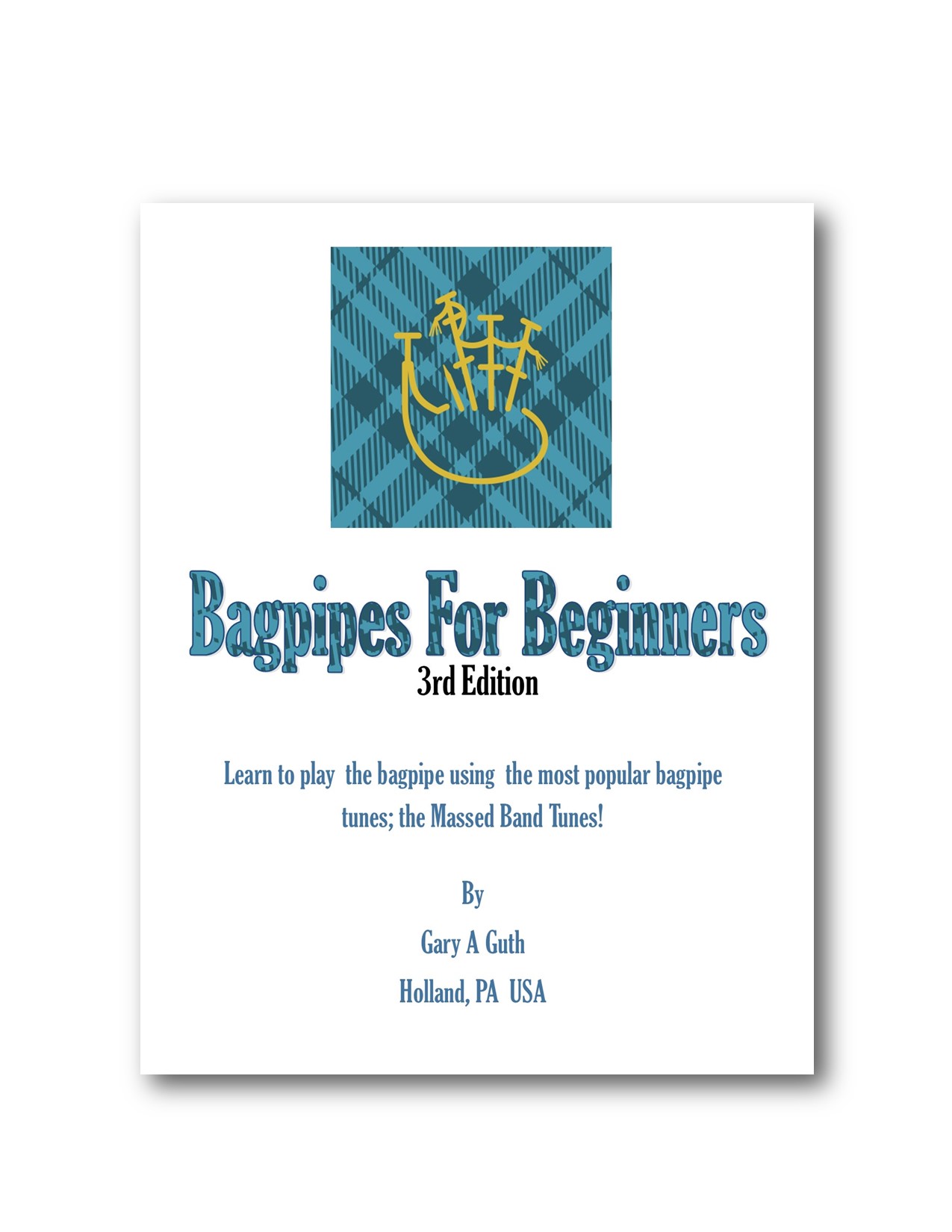One of the most popular tunes on the bagpipes is Scotland the Brave. Of course, Amazing Grace holds the top spot, but Scotland the Brave comes in at a close second—and it’s one of my favorites.
In this video, my goal is to help you practice Scotland the Brave effectively this week. The tune is packed with great material. It includes C doublings from four different note positions and an E doubling coming from B—both of which can be tricky.
Let’s break some of this down together.
C Doubling: Low A to C
This isn’t just about the music—it’s about coordination. Many players struggle with accidentally inserting two D grace notes instead of keeping the proper fingers stationary.
To fix that, talk yourself through the movement first:
“A grace note, C grace note… A grace note, C grace note…”
Notice the rhythm? Repeat it aloud. It helps your fingers follow your thoughts.
Now, grab a metronome. I’ve got mine set to about 80 beats per minute.
First, play the movement to the quarter note. Do it as many times as it takes to get comfortable—maybe 20 in a row without a mistake.
Next, play it to the eighth note:
“One and two and…”
Then move to sixteenth-note rhythm:
“One-e-and-a, two-e-and-a…”
This gradual approach helps build precision and speed.
E Doubling: B to E
This one’s even trickier. Starting from B, you’ll need to lift for the G grace note and change to the E position at the same time.
Talk it through:
“B, G grace note, E.”
Repeat it until your fingers understand the motion:
“B, G grace note, E… B, G grace note, E…”
Once you’ve got it down slowly, use the metronome again—start with quarter notes, move to eighth notes, then adjust to sixteenth-note rhythm.
Grip from A to B
Another prep drill I like involves the grip from A to B. Talk through this one, too:
“A, G grace note, B… A, G grace note, B…”
There’s a natural rhythm to it. Start your metronome at about 90 beats per minute—that’s a good marching tempo—and go through the same progression: quarter notes, eighth notes, then the proper dotted rhythm:
“One, two and three…”
Then: “One and-a two…”
Final Thoughts
These are some of the prep drills from my book Bagpipes for Beginners, where I introduce Scotland the Brave and the Torluath.
The key question is: Do you have a practice routine?
Think of it like this: if you catch on fire, you stop, drop, and roll. Well, if you’re playing through a tune and hit a rough spot—stop. Grab a pencil, circle the issue, and isolate the problem.
Then drill it.
First, talk your way through it.
Then play it—slow, steady, and with intention.
If you have any questions, feel free to email or call me. I’m happy to help.
Thanks for watching—and happy piping!
The books below were designed to develop your rhythm skills using tunes that you may already know.
Click on the books for more information
Send us a message.
Tips and gratuities are always gratefully accepted!





Some really good information, Gladiola I noticed this.